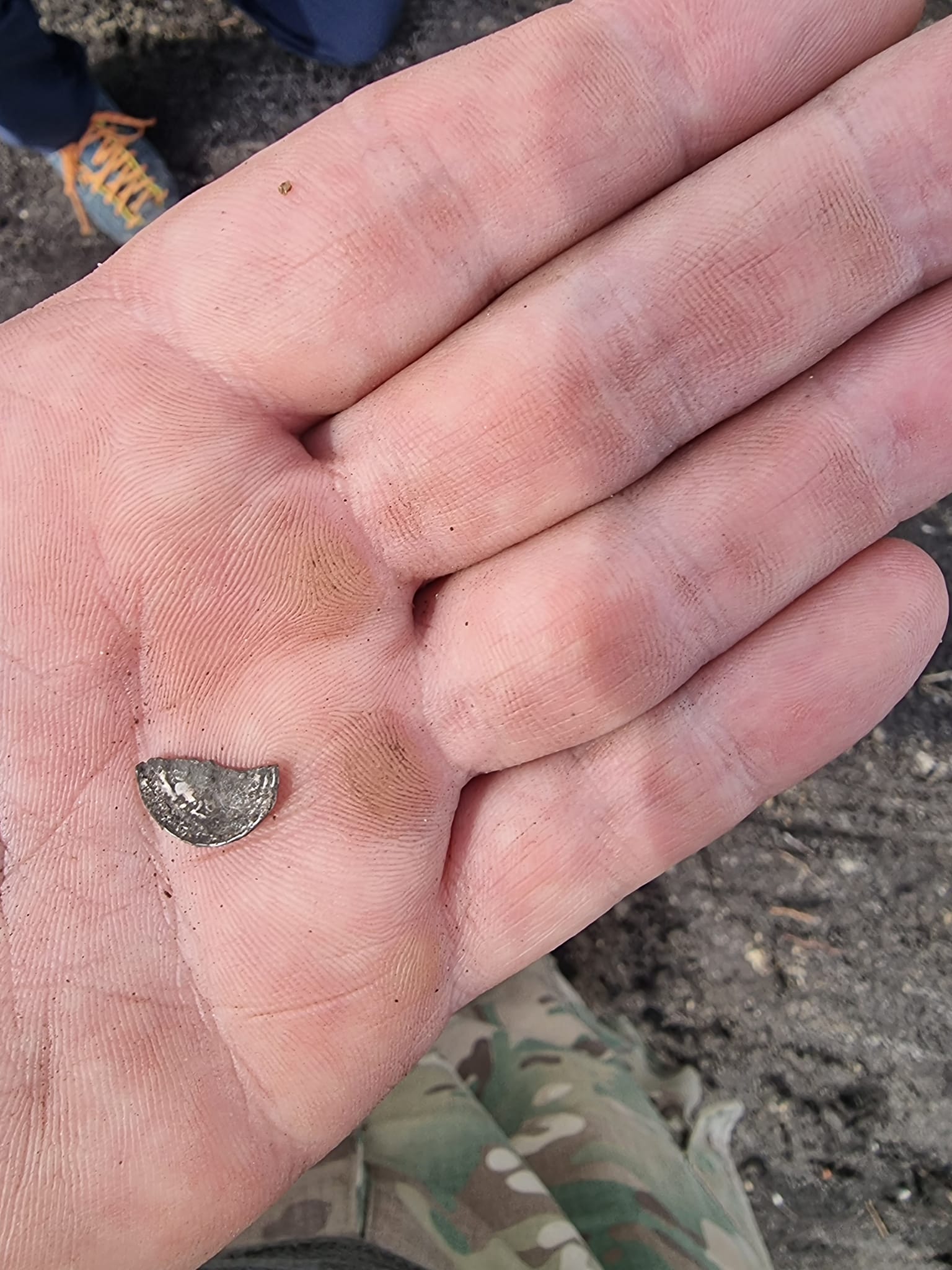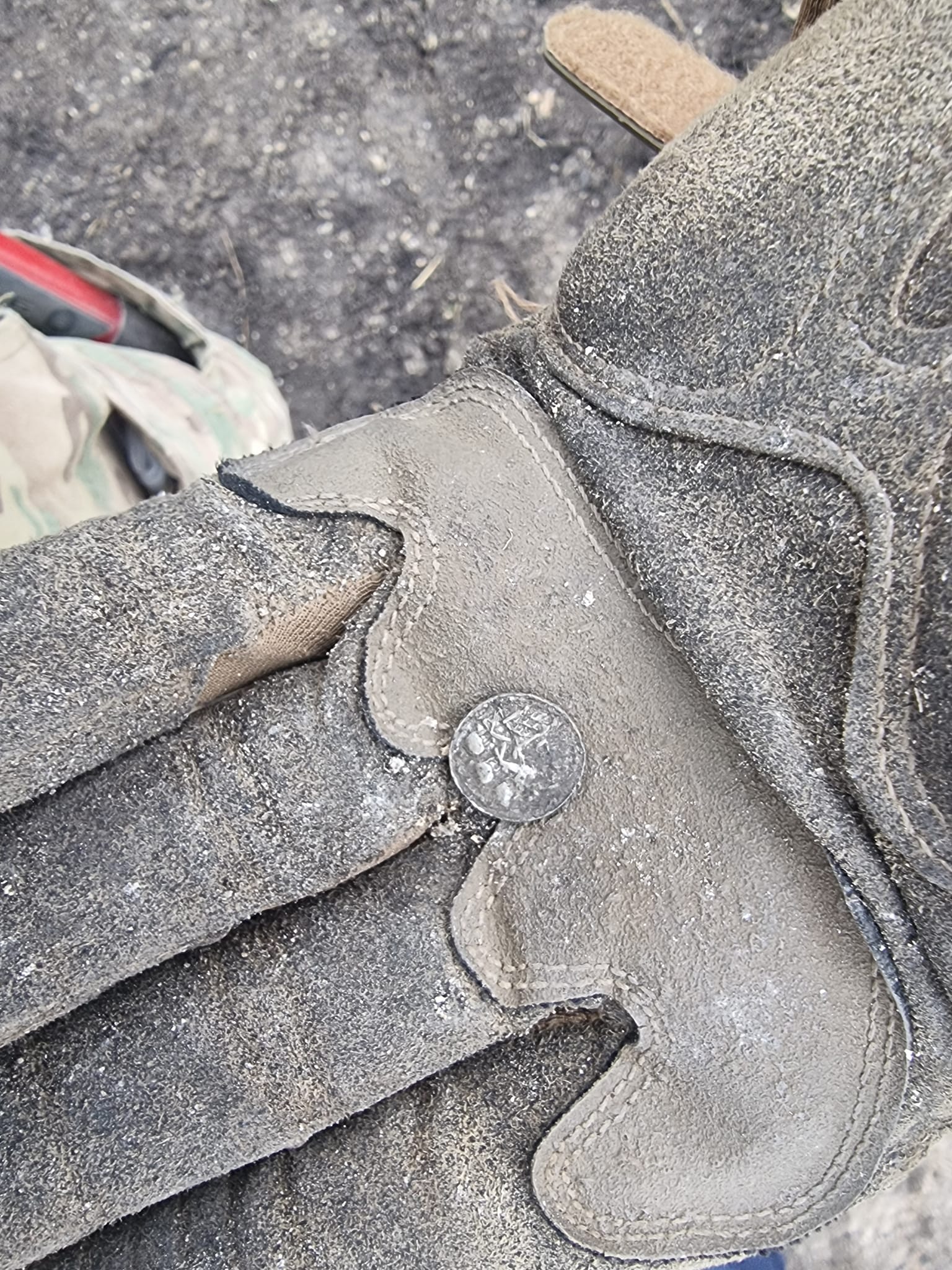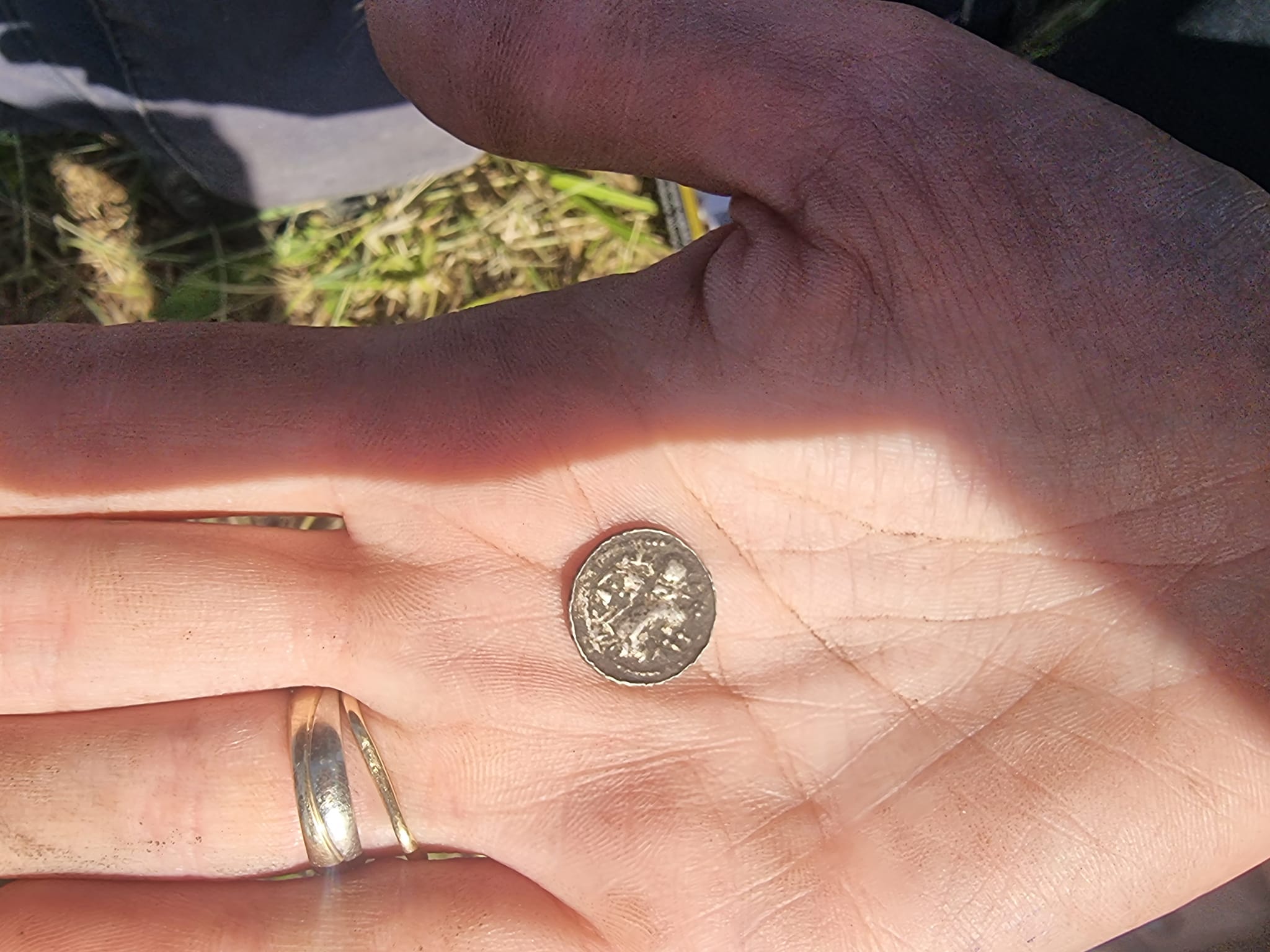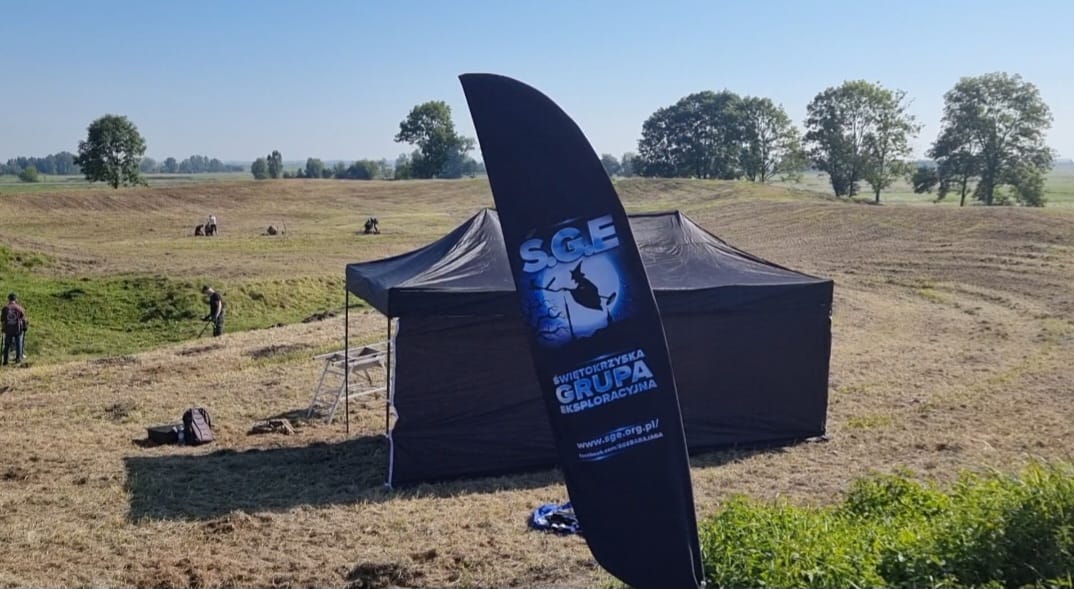Přesně na něčem takovém bych se jako detektorysta rád podílel.
Detectorists in collaboration with archaeologists have discovered more medieval silver coins from an ancient hoard
Categories: Nálezy nejenom s detektorem v západní Evropě
A set of almost 1,000-year-old coins was found on the site of a former medieval fortress in the village of Wiślica in southern Poland. The discovery was made as part of an ongoing revitalisation programme, which includes archaeological work following 60 years of research. The experts worked with the local detectorist association; their work is highly regarded.
Wiślica was founded more than 1,000 years ago, before the Polish state was established. It was once a prosperous religious and political centre of medieval Poland. Several valuable archaeological treasures and medieval buildings have already been found in its surroundings alone. In the 1960s, the famous "Wisliska Treasure" of 500 medieval coins was found on the site of the fortress. The new excavation was designed to discover artefacts that may have been overlooked in the 1960s
"V 70. In the 1970s, when the previous work was completed, no such technological means were available, especially when it came to metal detectors," said the head of the Michal Gliński, who also thanked the local detector group Świętokrzyska Exploration Group for their help in uncovering the coins. "In fact, we are expanding the Wiślica treasure trove with new relics. This is a great satisfaction for an archaeologist," he added.
The coins correspond in composition and period to the Wiślica hoard. Eleven of the twelve newly discovered coins are from the era of Bolesław the Bold, who ruled Poland from 1058 to 1079. The remaining coins date from the period of Władysław Herman, who ruled Poland from 1079 to 1102: "Like many other valuable finds, this set will enrich the collection of the museum in Wiślica," Jacek Gocyk, chairman of the city council, told Echo Dnia .
Archaeologists and detectorists have found many other objects at the site, such as a very unlikely Roman fibula from the 2nd century. "It does not significantly affect the now recognised history of the site (in relation to its medieval origins). It is a curiosity that does not disprove any hypotheses. We can only guess how it got here," Gliński said, again highlighting the contribution of the detectorists, "I stress once again that without the professionalism of the members of the Świętokrzyska Exploration Group, this would not have been possible," Gliński concluded.
"The archaeological work is over. We feel very impressed and pleasantly surprised that we could use our equipment in such a place. Our task was to inspect the site after the archaeological works of the 1960s and 1970s - it is known that the possibilities were different then. The effect of our work will be on display at the Wislice Museum. We would like to thank the leader, Mr Michał Gliński, for sticking it out with us for so many days," the detectorists said on the club's Facebook page. This event opened up new opportunities for them to legally participate in major discoveries together with archaeologists.
Roman Němec
Sources: newsweek.com, sge.org.pl, notesfrompoland.com











The article is included in categories:



